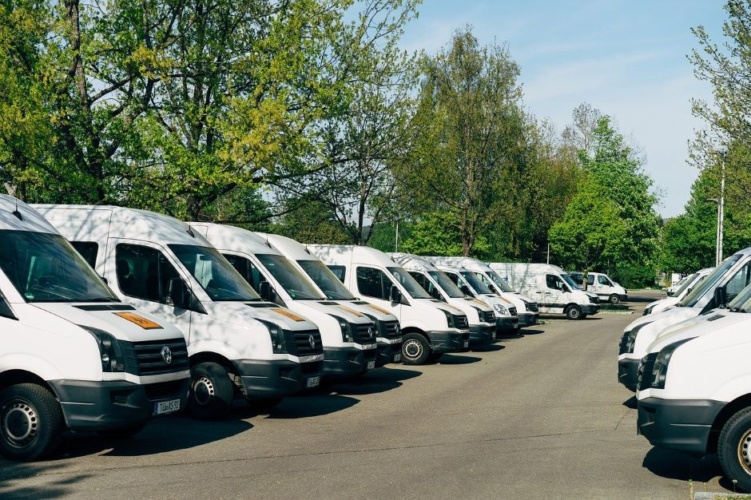
The software developed by Aston University researchers imitates how ants share knowledge, scaling them up to real world problems - such as optimising routes around busy cities.
Project to show fleet operators symbiotic benefits of EVs
The research team used ‘meta-heuristic technology’ which mimics how colonies of ants solve problems and improve their existing behaviours. According to Aston University, an ant can keep a record of the best solution it has found before passing this knowledge to other ants. This ‘best practice’ permeates through-out the colony, updating its store of know-how in a way comparable to computer algorithms.
The researchers further developed the technique by creating even ‘smarter’ ant algorithms by reducing the amount of decisions they make so that they can solve city-scale fleet routing problems.
Dr Darren Chitty, lead researcher, Aston University said: “Algorithms based on the foraging behaviour of ants have long been used to solve vehicle routing problems, but now we have found how to scale these up to city-size fleets operating over several weeks in much less time than before.
“It means much larger fleet optimisation problems can be tackled within reasonable timescales using software a user can put on their laptop.”
The route optimisation technology was tested on several Birmingham businesses, including maintenance company whose fleet spends a considerable time criss-crossing the city’s road network. Tests with the maintenance company comprised of up to 45 vehicles and 437 customer jobs over a six-week period. They observed savings of over 50-per cent over the company’s original time spent on the road. This enabled the company to make equivalent savings in their fuel costs, increase profit margins, and cut vehicle emissions in half.
“We feel that while Clean Air Zones will improve air quality for some residents, there could be better ways to tackle the health and environmental problems caused by emissions,” said Dr Chitty. “Instead of taxing commercial vehicles to enter these zones, our research can act as an incentive to companies as they will not only reduce emissions but also save money. If all companies in a city operated with this technology, then emissions from these vehicles - which are some of the most polluting - could be significantly reduced, improving air quality for all concerned.”
The researchers are now looking to roll out the technology further by testing the system with different types of vehicle fleets such as larger vans or HGVs, as well as larger fleets of vehicles.




April 1886: the Brunkebergs tunnel
First ever example of a ground source heat pump?